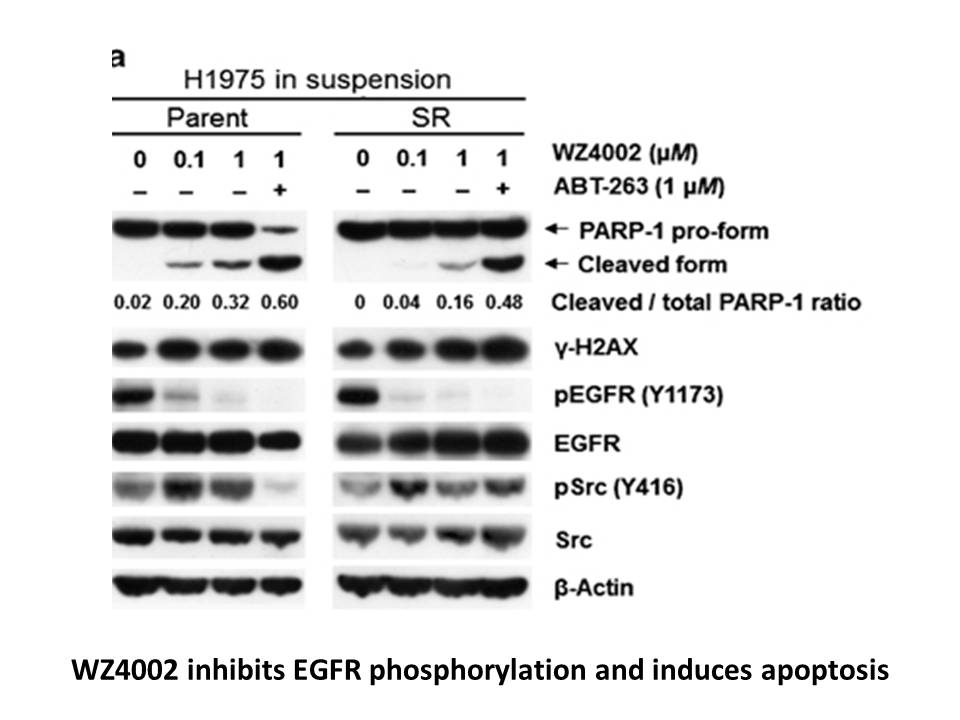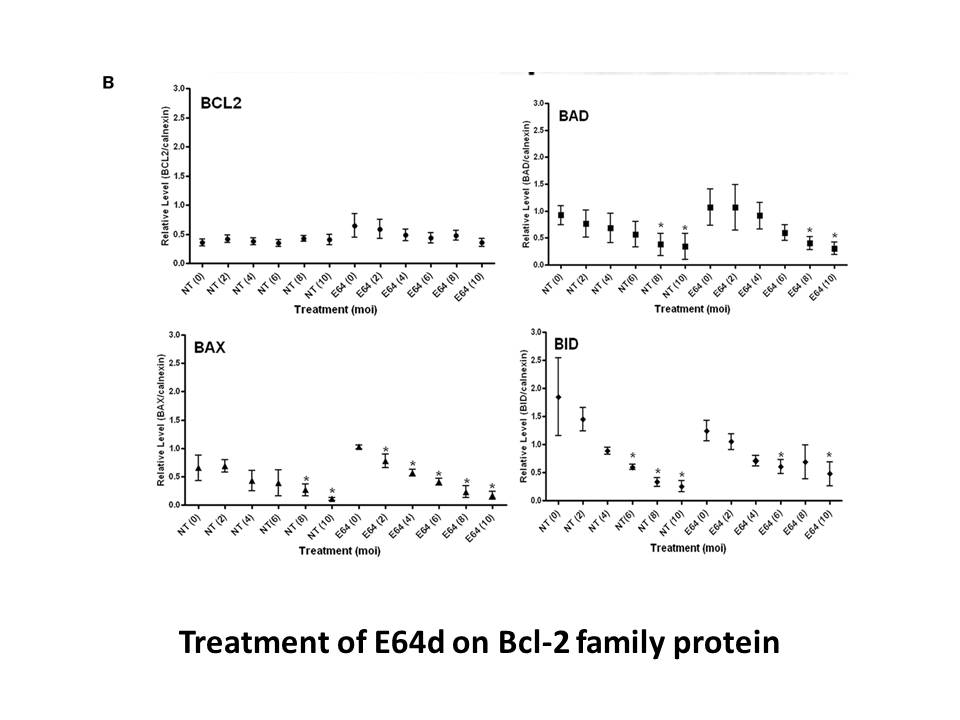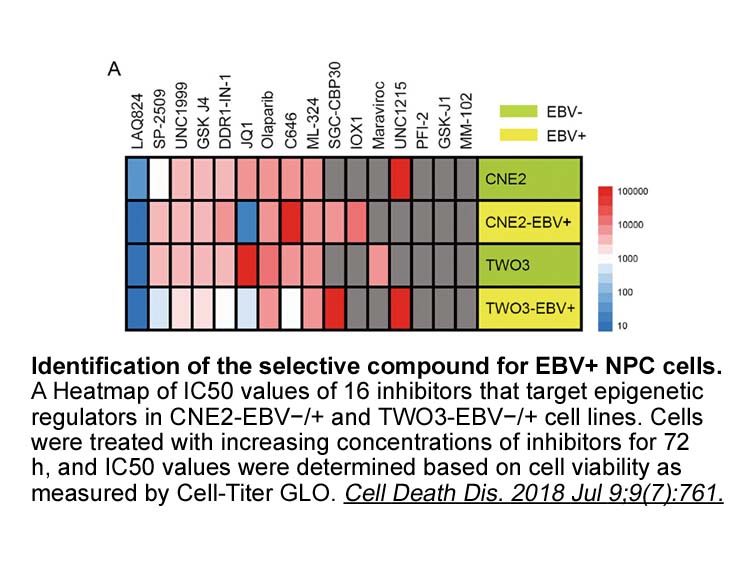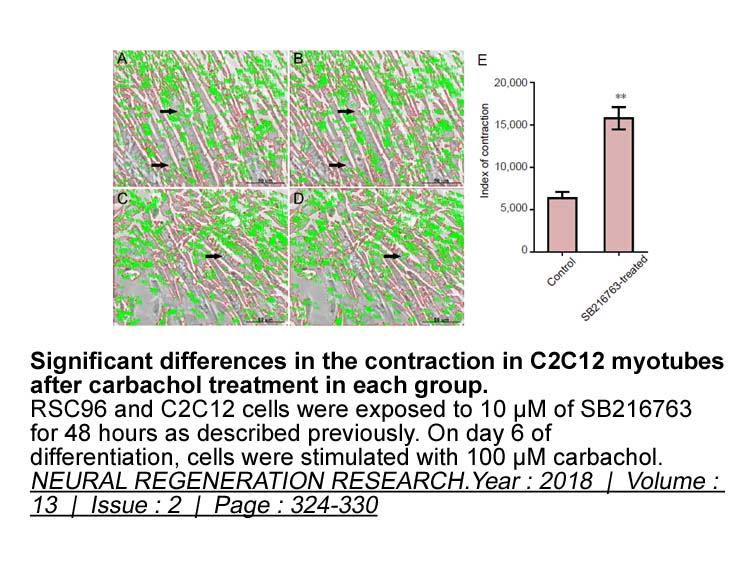Archives
- 2025-12
- 2025-11
- 2025-10
- 2023-07
- 2023-06
- 2023-05
- 2023-04
- 2023-03
- 2023-02
- 2023-01
- 2022-12
- 2022-11
- 2022-10
- 2022-09
- 2022-08
- 2022-07
- 2022-06
- 2022-05
- 2022-04
- 2022-03
- 2022-02
- 2022-01
- 2021-12
- 2021-11
- 2021-10
- 2021-09
- 2021-08
- 2021-07
- 2021-06
- 2021-05
- 2021-04
- 2021-03
- 2021-02
- 2021-01
- 2020-12
- 2020-11
- 2020-10
- 2020-09
- 2020-08
- 2020-07
- 2020-06
- 2020-05
- 2020-04
- 2020-03
- 2020-02
- 2020-01
- 2019-12
- 2019-11
- 2019-10
- 2019-09
- 2019-08
- 2019-07
- 2019-06
- 2019-05
- 2019-04
- 2018-07
-
proton pump inhibitor br Materials and methods br Results br
2021-05-13

Materials and methods Results Discussion The phosphatidylinositol 3-kinase-like protein kinases, ATM, ATR, and DNA-PK, have all been implicated in H2AX phosphorylation in response to different stimuli [37], [41], [42], [43], [44], [45]. We show here that H2AX is phosphorylated in rodent and
-
At this stage it is still difficult to assign
2021-05-13

At this stage it is still difficult to assign specific domains to some of the regions observed in these structures, although some attempts have already been made (Brewerton et al., 2004). Clearly, higher resolution data is needed. In the future, even if an atomic structure of DNA-PKcs is determined,
-
Nowadays colorimetric assay has been applied in
2021-05-13

Nowadays, colorimetric assay has been applied in detecting DNA MTase activity. Li et al. used DNA modified gold nanoparticles (AuNPs) coupled with enzyme-linkage reactions to detect the activity of methylases [20]. In a previous study, our group presented a label-free colorimetric method, using unmo
-
Despite low respiratory rates in citrus fruit prolonged peri
2021-05-13

Despite low respiratory rates in citrus fruit, prolonged periods of storage may cause significant changes in the levels of organic acids (Echeverria and Valich, 1988). V-ATPase and V-PPase catalyze the electrogenic H+ translocation from the cytosol to the vacuolar lumen to generate an inside-acid pH
-
Introduction Cytochrome P CYP A is the most important enzyme
2021-05-13

Introduction Cytochrome P450 (CYP)3A is the most important enzyme involved in the metabolism of 30–40% of currently prescribed drugs [1]. The EGTA level and activity of CYP3A show large intra- and inter-individual variability, which contributes to unpredictable drug response and toxicity. A multitu
-
The results showed that ethanol and acetaldehyde
2021-05-13

The results showed that ethanol and acetaldehyde production was not affected by the presence of CPA-7. We observed that the concentration of ethanol increased throughout the assay up to 95–179 μL L-1 regardless of the treatment. The acetaldehyde concentration reached its highest values after 6–9 day
-
br Acknowledgements br Introduction In Arabidopsis thaliana
2021-05-13

Acknowledgements Introduction In Arabidopsis thaliana (L.) Heynh, there are at least four copies of the caseine kinase-like gene Ck1, which is involved in peptide phosphorylation in mammals [1]. These genes are distributed on CCG 203971 sale 1, 2, 4, and 5. A similar number of copies for Ck1
-
br Materials and methods br Results br Discussion
2021-05-13

Materials and methods Results Discussion In this study, the N&B analysis showed new evidence regarding the proportion and the oligomerization state of the AT1 and the ETA receptors near or on the plasma membrane. Althought, preliminary studies suggest that the AT1 and the ETA receptors occu
-
Together the data suggests that
2021-05-13

Together, the data suggests that more work needs to be done to establish the role of PARP inhibitors in Ewing sarcoma. As a single agent, there is some activity in Ewing sarcoma cell lines and a highly statistically significant relationship between olaparib sensitivity and EWS–FLI1 expression. Howev
-
br Acknowledgment S A was
2021-05-13

Acknowledgment S.A was supported by V Plan Propio US-AccesoUSE-14793-G. Introduction Neutrophils are innate immune 221 2 of primary importance for protecting against infections by microorganisms [1,2] through various antimicrobial abilities, including microorganism phagocytosis and antimicro
-
Kinetic isotope effects KIEs inform on
2021-05-12

Kinetic isotope effects (KIEs) inform on bond vibrational changes between the ground state (GS) and TS of a chemical reaction and remain one of the most powerful experimental techniques for interrogating TS structure. KIEs on enzyme reactions measured by the internal Hypotaurine receptor of labeled
-
Our previous studies indicate that EBI is involved
2021-05-12

Our previous studies indicate that EBI2 is involved in the regulation of pro-inflammatory responses and inter-cellular communication under pathophysiological conditions such as LPS challenge (Rutkowska et al., 2016b). The data showed that media taken from LPS stimulated astrocytes induces macrophage
-
mao inhibitor br Introduction A variety of means
2021-05-12

Introduction A variety of means, including UV irradiation, dNTP depletion, and oncogene activation at precancerous lesions, induce replication stress, which causes replication errors if left undealt with (Hills and Diffley, 2014, Zeman and Cimprich, 2014). Eukaryotic cells have developed the DNA
-
br Materials and methods br Results
2021-05-12

Materials and methods Results Discussion To date, several reports have suggested an involvement of DGK in bipolar disorder. A splice variant at the COOH-terminus of DGKβ has been related to bipolar disorder [15] and DGKβ KO mice showed hyperactive behavior [17]. For the other DGK isoforms,
-
br The role of TNFs and AD The TNF superfamily
2021-05-12

The role of TNFs and AD The TNF superfamily includes 19 members that can bind 29 different receptors [56, 57]; the 19 members are Lta, TNF-α, lymphotoxin-β (LTβ), OX40L, TNF associated activation protein (TRAP, also named CD40L or gp39), factor associated suicide ligand (FasL), CD70, CD153, 4-1BB
11191 records 356/747 page Previous Next First page 上5页 356357358359360 下5页 Last page